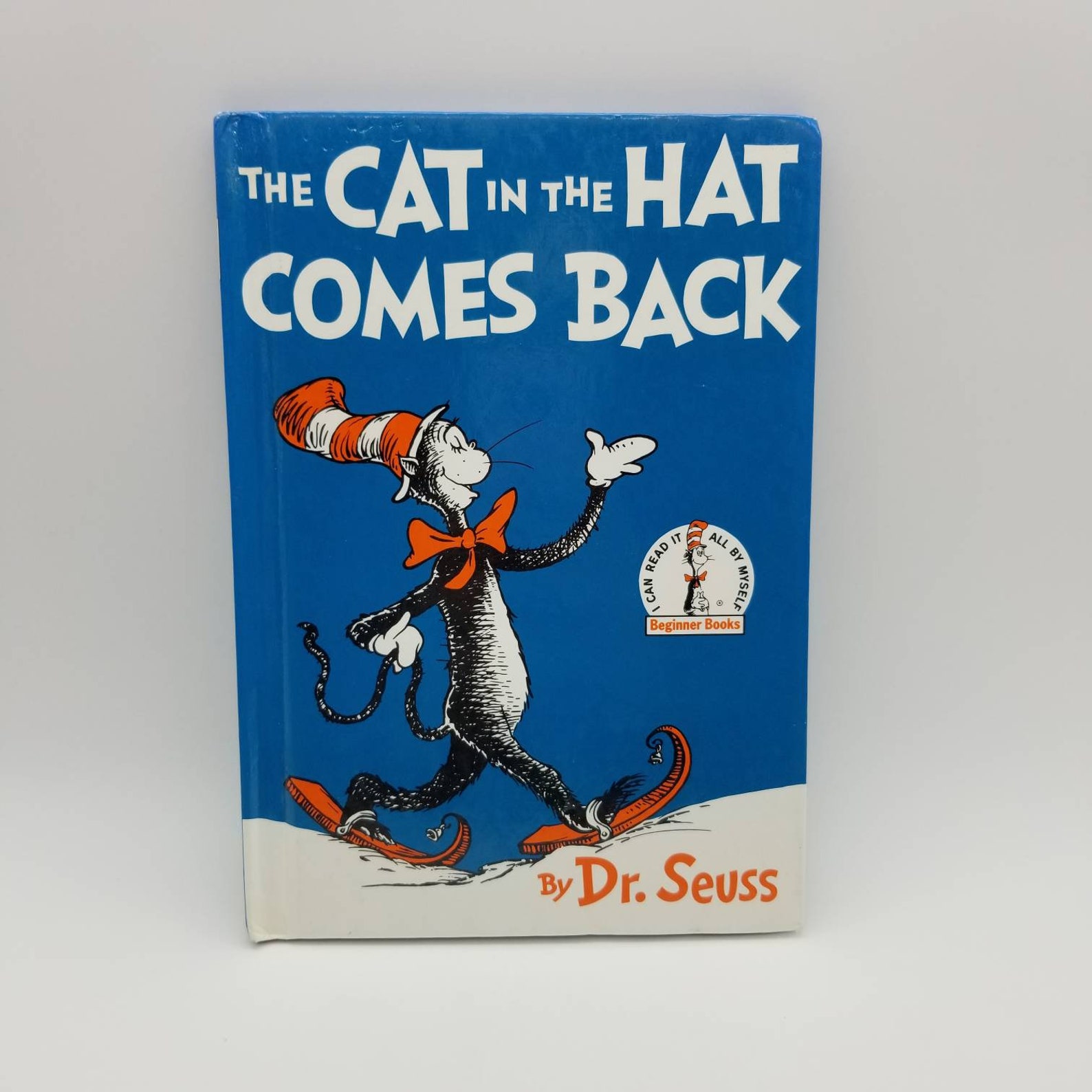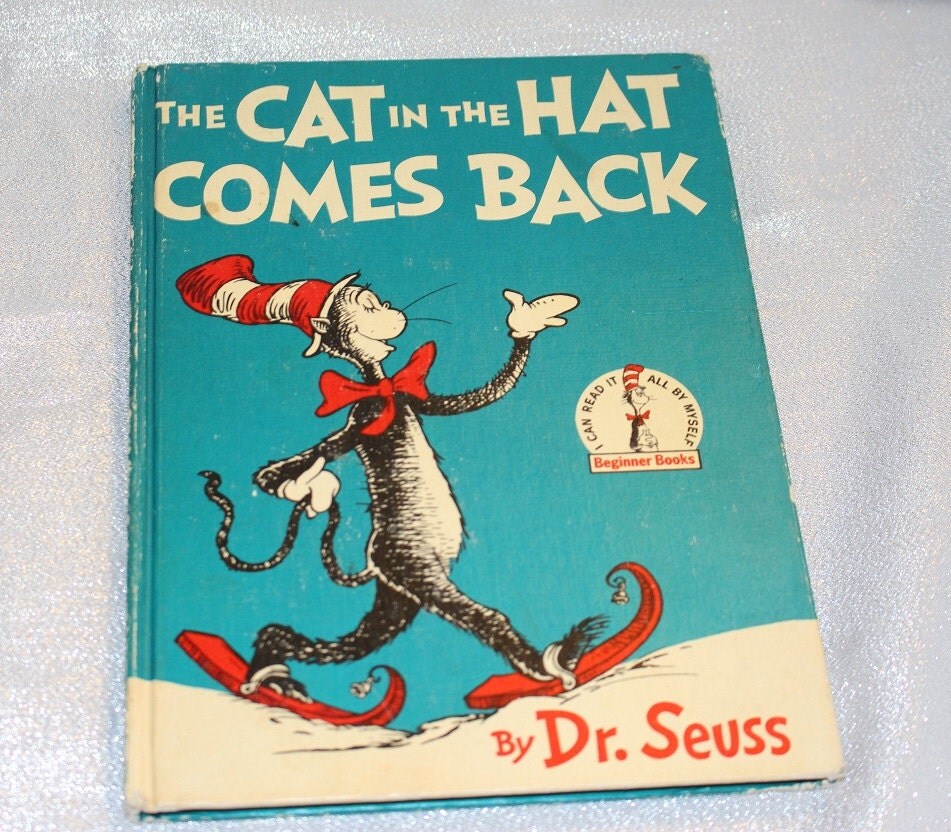

"I think children have a desire to overturn the apple cart, and play with things in the house that they're never allowed to play with," says David Barker. "Should we tell her about it? Now, what SHOULD we do? well.what would YOU do if your mother asked YOU?" "The Cat in the Hat" was subversive.

In the end, the kids are even prepared to lie to their mother – with the author's winking approval.

He was a killjoy, the scaly stand-in for all the disapproving parents and teachers that young "Cat in the Hat" readers were invited to forget about for a few wild and woolly pages. That superego fish was "my version of Cotton Mather," Seuss said. 'This is no fun at all! Put me down,' said the fish. Within the first few pages, he's standing on a ball holding a book in one hand and an umbrella topped by a fishbowl in the other, with a teacup on his hat, and that's just for starters. And they were, also needless to say, model children, entirely well-behaved and uninteresting. Little Sally might occasionally clomp around in dad's oversize galoshes – that was the height of deviltry, as far as the Foresman company was concerned.Ĭompare them to The Cat in the Hat – who shows up on the doorstep while mother (significantly) is away, and proceeds to unleash chaos. Dick and Jane, their little sister Sally, and Spot the dog were a white-bread family whose adventures – if you could call them that – consisted mostly of pointing at things and exclaiming, "Look, Jane, look!" They were, needless to say, Caucasian (Dick and Jane got black friends in 1965, at the end of their run).


 0 kommentar(er)
0 kommentar(er)
